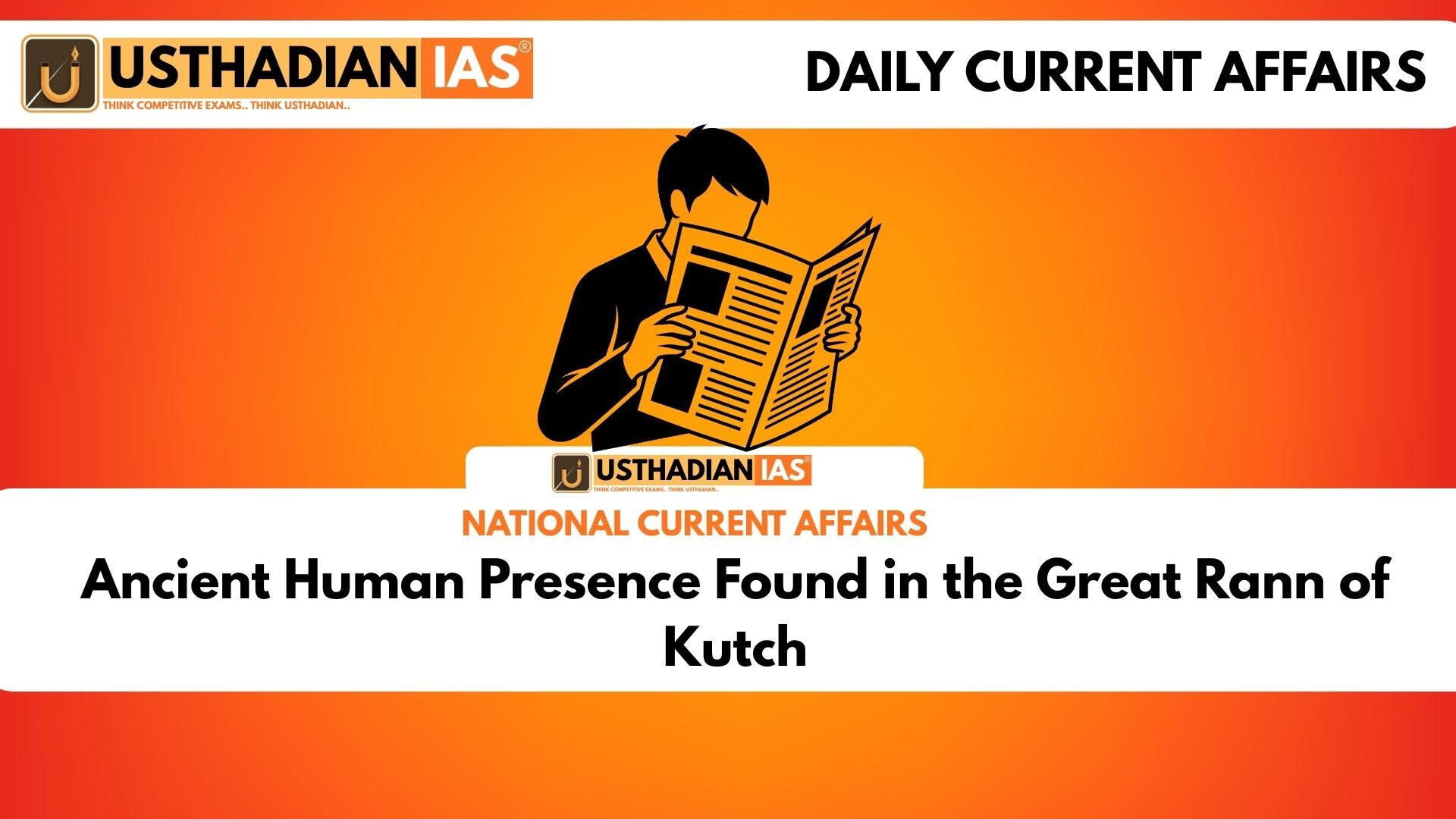Surprising evidence before the Harappans
Ancient Human Presence Found in the Great Rann of Kutch: A recent archaeological study has shaken up what we thought we knew about ancient India. Researchers from IIT Gandhinagar have found signs of human habitation in the Great Rann of Kutch that are at least 5,000 years older than the Harappan civilisation. This massive finding was made after examining ancient shell remains in the region, especially near Dholavira, a well-known Harappan site.
What the site revealed?
The area near Dholavira turned out to be full of secrets. Archaeologists found not just marine shells, but also stone tools, pottery, and even the remains of houses. This isn’t a new interest either. Back in the 1800s, geologist Arthur Beavor Wynne first noted shell remains here. Now, modern research has confirmed that these were part of a much older community.
Life of coastal hunter-gatherers
People living here weren’t building massive cities, but they had their own sustainable way of life. They were mostly hunter-gatherers, relying on the mangrove-rich coastlines. The species found—like Terebralia palustris—suggest they cooked and consumed shellfish. Their lifestyle appears to have been seasonal, moving from one area to another depending on what nature offered.
Tools that travelled
The tools they used tell a deeper story. Made of basalt, quartzite, and other materials, these weren’t just basic implements. Some of the materials weren’t even local, which suggests early trade links. These communities might have exchanged goods with nearby regions, helping them survive and possibly even thrive.
What science tells us?
Radiocarbon dating has dated these remains between 3300 BC and 1400 BCE, showing that people lived in the area long before the Harappans. This pushes the timeline of settlement in western India back by thousands of years. More testing is on the way, which may give an even clearer picture of how long people have lived here.
The changing land
Today, the Great Rann of Kutch is a salt desert. But thousands of years ago, it looked very different. Sea levels were higher, and the land was lush with mangroves. As the climate shifted, so did how people lived. But the fact that they adapted so well shows their understanding of nature and survival.
What lies ahead?
Research isn’t stopping here. Excavations will continue, possibly unearthing more about what these people ate, how they lived, and how they connected with others. More institutions will join hands to help decode the mystery of India’s earliest settlers.
Static Usthadian Current Affairs Table
| Topic | Details |
| Oldest habitation site | Great Rann of Kutch, Gujarat |
| Institution leading the study | IIT Gandhinagar |
| Related Harappan site | Dholavira |
| Time period found | 3300 BC – 1400 BCE |
| Type of society | Coastal hunter-gatherers |
| Key species found | Terebralia palustris (mangrove snail) |
| Tool materials | Basalt, Quartzite |
| Early trade | Indicated by non-local tool materials |
| First shell discovery | By Arthur Beavor Wynne (19th century) |
| Region climate then | Coastal with higher sea levels |








